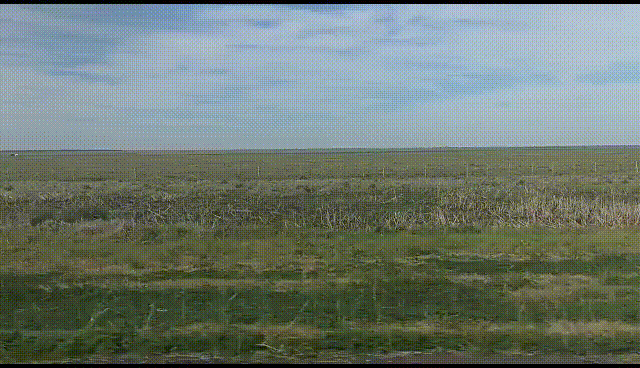continental composition.
Giving voice to the Río de la Plata basin. Expedition and cartography. To visit the website wjere the project will be hosted please head to expedicion.m7red.info. With the support of the Graham Fundation for Advanced Studies in the Applied Arts.
The basin is shape of a world-tapestry, of totality and source of relationships, producer and affected, a generative matrix of spatiality. The project explores its internal and external modulations and dimentions as well as those systemic and historical, natural and cultural. Its great space materiality resides in these modulations. The method is simple and incomplete: it’s about traversing in and lending it our ears and eyes in every stop of the journey, but also about chasing its invisible spectrum, the narrations that contain it, the myths it generates, the symbols and engines of human politics that incarnate it and transform it.
The Río de la Plata Basin encompasses the fifth part of the entire surface area of South America. It’s traversed by the rivers Paraná (4.352 km), Paraguay (2.459 km), and Uruguay (1600 km) and its affluents, which drain into five countries: Bolivia, Brasil, Uruguay, Paraguay and Argentina, whose surface waters discharge into the Río de la Plata (River Plate). The basin’s energetic potency is transformed into electricity at a large scale thanks to hydroelectric dams.
The soils that the basin contains are some of the most fertile in the world, producing more than half of South America’s agricultural exports. It’s earth and water systems give sustenance and metabolism to some of the region’s largest biodiversity. The basin is as much spatial matrix as it is a permanently moving machine, coupled and holding together modern human societies, with which it maintains tensions and interactions.
The basin is a great space threaded in a background of other analogue great spaces, basins, great landscapes, eco.regions, infrastructure networks, politica spaces, etc. These spaces concentrate sometimes on themselves, while at other times they appear interlaced with contiguous or distant figures, and not few times they present through a network of artifitially connected dots or through a landscape.
From the human point of view these great spaces are the source of history and organization, a group’s reception place or a culture generator. They generate in their depths archetypes and subjectivities: the Tupí-Guaraní’s pilgrimage’s destiny was the loin of the serpent that comes down from the Amazon, the infinite marginal meadow of the gauchos, the universe of the fluvial mesopotamic culture, or the Paracuaria jesuit province. These figures present the groups’ interlacing and their own to the metabolic space.
The historic and generative figure of the Basin is connected and traversed conflictively or compositively, depending on the case, by historic regional and global tectonic movements. From the decisive milestone that was the arrival of the hispanic world to the continent, through the industrial revolution and state and infrastructure modernism, into the 21st century’s globalization, the Basin remains a figure in the tapestry of the world, of the globe: generative and affected simultaneously.
Our time is burdened by the curse of the interesting, we live at the end or the inflexion point of globalized modernity, the planetary universality that is inaugurated by european Illuminist science and that tried to put itself in motion after the fall of the soviet world through political representations and socio-technical networks that make up that globe and in which its parts stop being places, historical sites, concrete generation sources and become possible emanations of an immanent universal. However, this current crisis in which the threads of globalization become uncertain and show in some cases their superficiality allow us to return to the Río de la Plata Basin as a concrete great space and situate it in its geographical and historical depth. The basin allows us to find a more proper geopolitical scale to think about local places, (cities, metropolitan areas, rural areas, etc) but also to rebuild a totality of the planetary world from its concrete spaces.
This project is possible thanks to the invaluable patronage of the Graham Fundation for Advanced Studies in the Applied Arts. m7red was awarded a Research and Development Grant in the 2023 cycle to begin this process. You can read more about it here.


This project is part of amerindia, a cartography of the global south’s great spaces.

